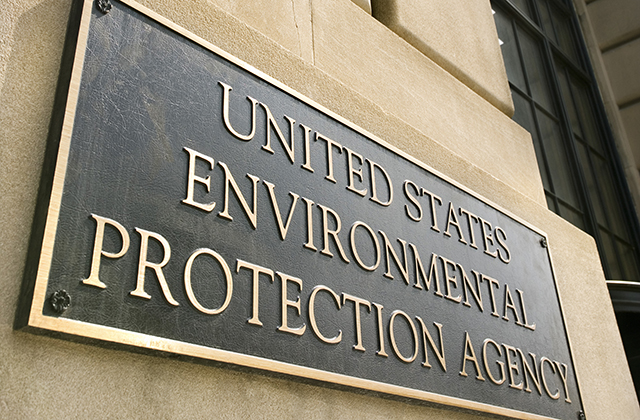How “independent” can an advisory committee be if 15 of its 20 members received an aggregate $180 million from the agency it is advising? That’s the question Ron Arnold raises in his recent Washington Examiner piece, which looks at the EPA’s Clean Air Scientific Advisory Committee’s Ozone Review Panel. It would raise an army of investigators and special prosecutors if a defense attorney paid millions to members of a jury. However, when the EPA pays millions to panel members charged with reviewing EPA regulations, it doesn’t even raise an eyebrow.
In a farewell address that is well worth revisiting, President Dwight Eisenhower not only warned of “unwarranted influence, whether sought or unsought, by the military-industrial complex,” he also warned of a similarly worrisome joining of scientific research and government funding. He presciently described the problem this way:
The prospect of domination of the nation’s scholars by Federal employment, project allocations, and the power of money is ever present and is gravely to be regarded.
Yet, in holding scientific research and discovery in respect, as we should, we must also be alert to the equal and opposite danger that public policy could itself become the captive of a scientific-technological elite.
Nobody would expect a defense contractor to say its weapons system is no longer needed or that there are no security threats to warrant the Pentagon’s acquisition budget. In the same vein, it is asking too much of researchers to judge the policy conclusions and priorities of their funders—no matter how sincere they may be about the importance of their own research.
Eisenhower noted that America’s (at the time, new) leadership role, and the scale and imminence of the threats to world security required a military-industrial complex. He also noted that much of modern research was no longer suited to “the solitary inventor, tinkering in his shop,” and that government funding of large research projects was important.
However, the EPA loses the required sense of balance when it creates advisory boards that are so beholden to EPA funding. It’s one stinking mess that the EPA should clean up immediately.






























One Reply to “Members of the ‘Independent’ EPA Advisory Committee Got $180 Million from EPA”